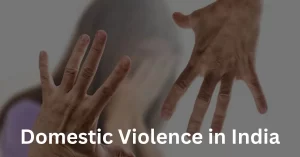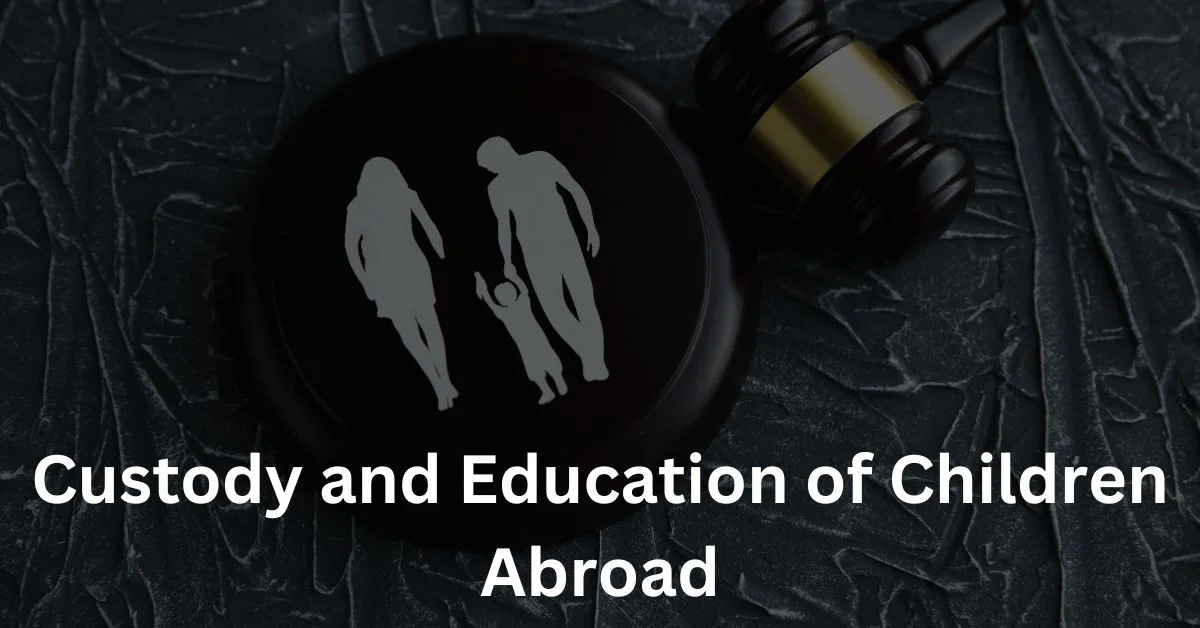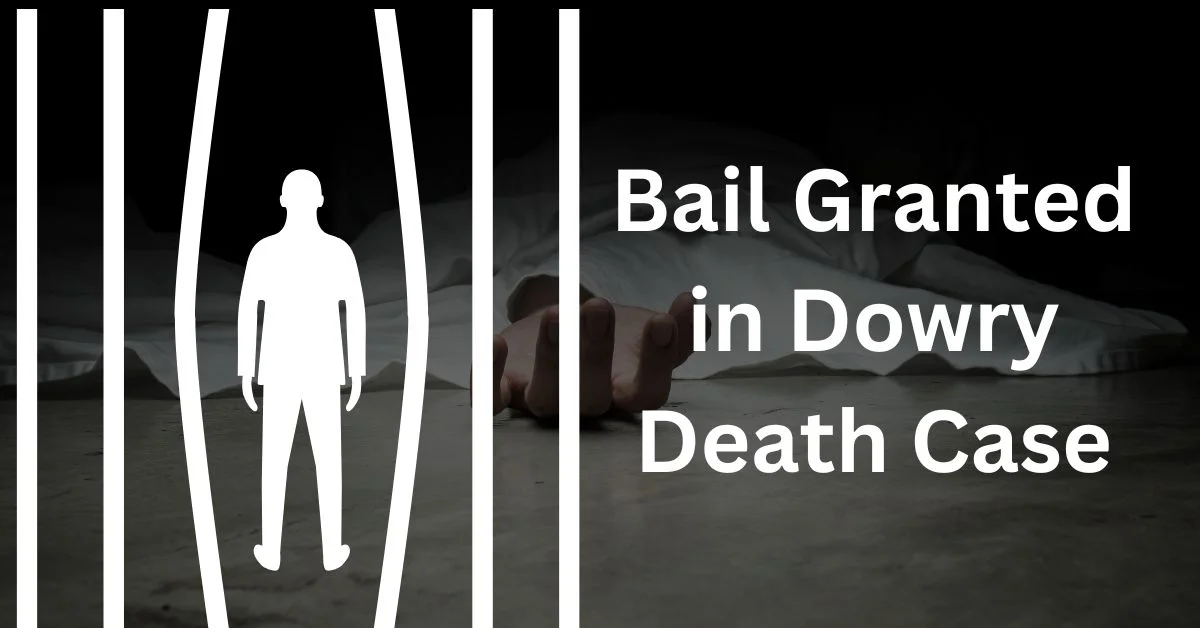Domestic violence in India is a prevalent issue that affects individuals and families across the nation. It is a form of abuse that occurs within intimate relationships, encompassing physical, emotional, sexual, and financial aspects. This article sheds light on the topic of domestic violence in India, exploring its causes, consequences, legal framework, and available resources. By understanding the scope of the problem and working towards its eradication, we can create a safer and more inclusive society for all.
Domestic Violence in India: Unveiling the Reality
Defining Domestic Violence
Domestic violence refers to any act of violence or abuse committed by a person against their spouse, intimate partner, or family member within the confines of the home. In India, it includes physical assault, sexual harassment, emotional abuse, dowry-related violence, marital rape, and other forms of mistreatment.
Causes of Domestic Violence in India
Several factors contribute to the prevalence of domestic violence in India. Deep-rooted patriarchal norms, gender inequality, dowry demands, cultural and religious practices, economic disparities, and societal pressures contribute to the perpetuation of violence within households. These factors create an environment where abuse can thrive, causing significant harm to victims.
Consequences of Domestic Violence in India
Physical and Emotional Toll
Domestic violence inflicts severe physical and emotional trauma on its victims. Physical consequences include bruises, fractures, internal injuries, and in some cases, even death. The emotional toll is equally devastating, leading to low self-esteem, depression, anxiety, post-traumatic stress disorder (PTSD), and a constant state of fear and insecurity.
Impact on Children
Children exposed to domestic violence suffer long-lasting effects. Witnessing violence within the home can result in emotional and behavioral problems, impaired cognitive development, poor academic performance, and an increased likelihood of perpetuating the cycle of violence in their own lives.
Legal Framework: Protection and Support
Protection of Women from Domestic Violence Act
To address domestic violence, the government of India enacted the Protection of Women from Domestic Violence Act in 2005.This legislation provides comprehensive legal protection to women, recognizing their right to live free from violence. It offers remedies such as protection orders, residence orders, and monetary relief, along with the establishment of protection officers and shelters to assist victims.
Other Relevant Laws
In addition to the Protection of Women from Domestic Violence Act, other legal provisions in India, such as the Indian Penal code and the Dowry Prohibition Act aim to tackle specific aspects of domestic violence. These laws criminalize offenses such as assault, dowry harassment, and cruelty, emphasizing the need for legal recourse and accountability.
Combating Domestic Violence: Resources and Support
Helplines and Crisis Centers
In India, various helplines and crisis centers provide immediate support to victims of domestic violence. Organizations such as the National Domestic Violence Helpline (181) and local NGOs offer assistance, counseling, and guidance for individuals seeking help. These helplines ensure that victims have a safe space to report abuse and access critical information.
Shelters and Rehabilitation Programs
Shelters and rehabilitation programs play a vital role in supporting survivors of domestic violence. These facilities offer a temporary safe haven for victims, ensuring their physical and emotional well-being. Additionally, they provide counseling, legal aid, vocational training, and educational support to help survivors rebuild their lives.



